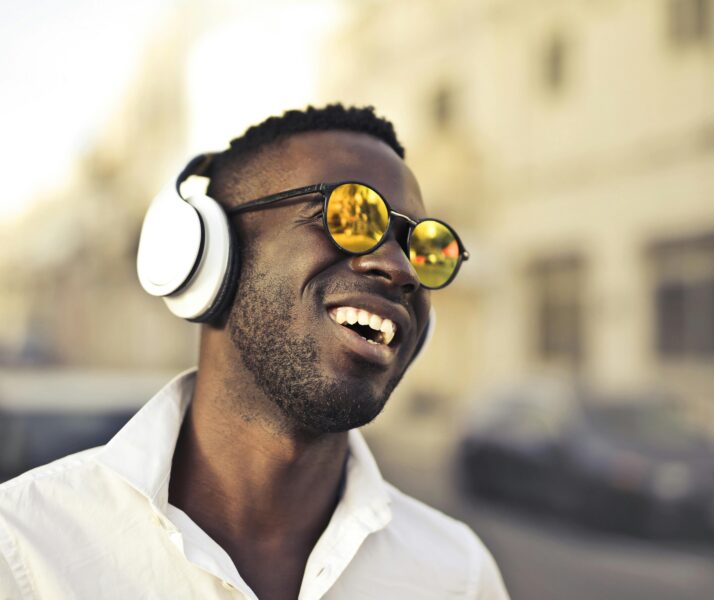What Is Programmatic Radio Advertising? A Guide for Marketers

In a world overflowing with digital noise, audio has quietly surged as a powerhouse. But it’s not just about throwing dollars at podcasts or radio. The real game changer is programmatic radio advertising – the automated, data-driven way to buy audio spots with surgical precision and real-time efficiency.
Programmatic advertising delivers seamless precision, and it’s fast becoming the channel marketers can’t afford to ignore.
What Exactly Is Programmatic Radio Advertising?
Programmatic radio is the automated purchase of ad inventory across radio channels – including digital streaming, audio apps, podcasts, and traditional FM/AM radio – using data platforms and real-time bidding.
To put it simply: you skip the manual deal-making. Instead, you define your ideal listener – and the system serves your ad when that person is tuned in.
It’s fast. It’s flexible. And best of all, it’s fueled by data, not guesswork.
Why It’s a Big Deal in 2025
Programmatic digital audio is gaining serious momentum. According to eMarketer’s “Programmatic Digital Audio and Podcasting Spend Report,” U.S. marketers are projected to spend $2.26 billion on programmatic audio in 2025 – an impressive 18% jump from last year.
Despite this surge, programmatic audio still represents just 30% of total digital audio spend – well behind display advertising, where programmatic buying makes up around 90%. That gap highlights one thing clearly: there’s still massive growth potential for marketers ready to lean into automated, data-driven audio buys.
Why Marketers Are Turning to Programmatic Radio
Marketers are shifting dollars into programmatic radio because it addresses the three things they crave most: control, efficiency, and performance. Unlike traditional broadcast media, programmatic audio is built to adapt.
Here’s what makes it so powerful:
- Precision targeting: Define your audience based on location, device, behavior, and even genre.
- Real-time optimization: Swap creatives, adjust budgets, or pause underperforming ads without waiting weeks.
- Cross-platform scale: Reach listeners across Spotify, Pandora, iHeartRadio, podcasts, FM/AM stations, and more.
- Lower barrier to entry: Skip expensive video shoots. A voice-over and smart script can launch your campaign in hours.
- Measurable outcomes: Track clicks, conversions, and post-listen behavior like web visits or store traffic.
How Programmatic Radio Actually Works
Now let’s walk through how a typical campaign might unfold. Spoiler: it’s a lot less complicated than it sounds.
- Start with your audience: You define your ideal listener: gender, age, ZIP codes, and interests and behaviors.
- Load your campaign into a DSP: You set your budget and we help you upload creative assets and choose targeting filters (just like display or social).
- Let the algorithm go to work: Your ads are placed in real time when your target audience is actively listening – on mobile, desktop, smart speakers, or even in their car.
- Review results and refine: Monitor metrics like listen-through rate, site visits, and conversions. Tweak messaging or targeting as needed.
It’s like having a radio media buyer who works 24/7, never sleeps, and adjusts your campaign in milliseconds.
What Makes It Different from Traditional Radio?
Traditional radio has its place, but programmatic offers a smarter, more responsive alternative. Programmatic doesn’t replace broadcast – it enhances it, bringing modern performance expectations to an age-old medium.
Here’s a quick side-by-side:
| Feature | Traditional Radio | Programmatic Radio |
| Booking timeline | Manual, scheduled weeks ahead | Automated, real time |
| Targeting | Broad demographics, dayparts | ZIP, behavior, platform, genre |
| Creative flexibility | Limited | Dynamic, swappable |
| Optimization | Static once launched | Adjustable mid-campaign |
| Attribution | Limited or survey-based | Real-time digital tracking |
What to Watch for in Programmatic
Programmatic audio is evolving quickly. Here’s where it’s heading next:
- AI-assisted media buying: Algorithms are becoming smarter, auto-optimizing bids and placements with minimal human input.
- Dynamic creative optimization (DCO): Creatives that change based on context (location, time of day, or even weather).
- Interactive audio formats: Ads that let listeners respond via voice (“Say YES to learn more”) on smart speakers and in connected cars.
- Retail audio integration: Programmatic is entering physical spaces – think in-store audio ads triggered by proximity and mobile data.
Final Thoughts
Going forward, audio is no longer just a “nice to have.” It’s where meaningful attention lives. And programmatic radio puts that attention at your fingertips, giving you the tools to reach real people, in real time, with messages that move.
Whether you’re new to audio or ready to scale, there’s never been a better time to dive in.
Want help launching your first campaign or auditing your current audio strategy? ARM can help you turn sound into serious ROI. Contact us today.


